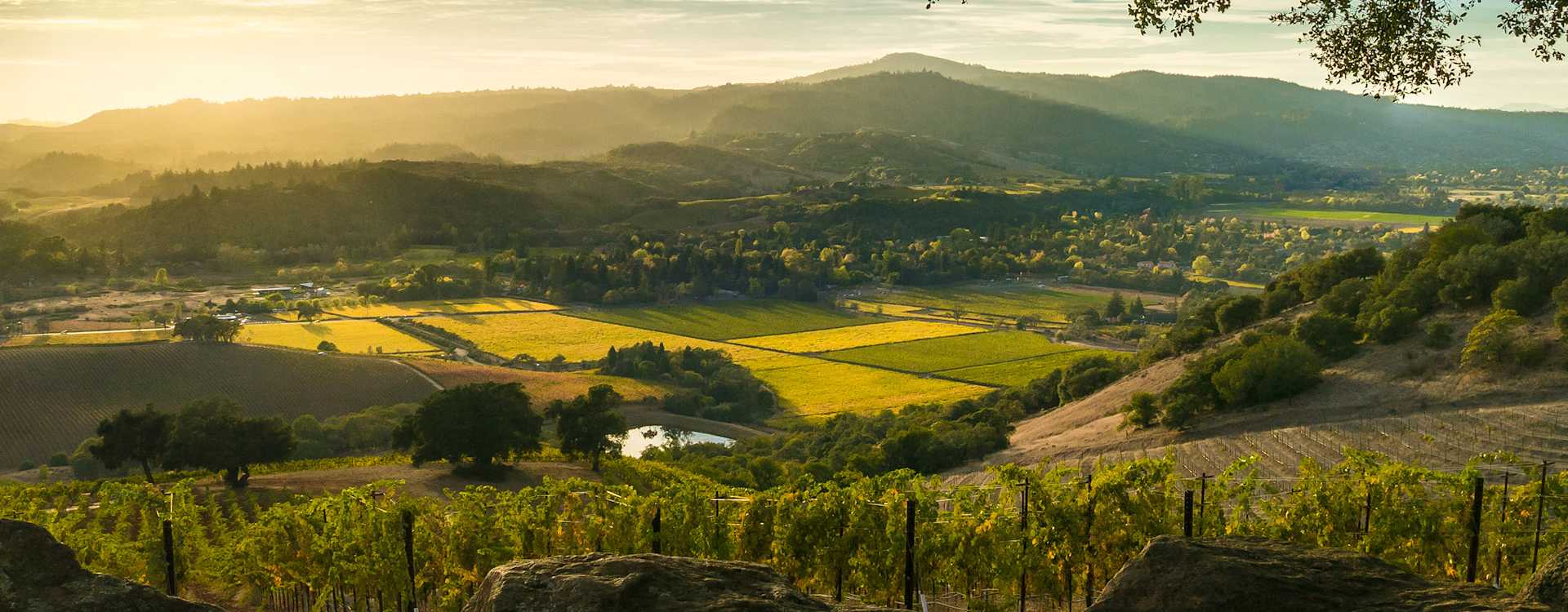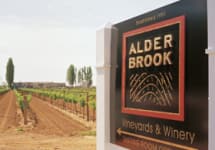Alderbrook Winery Pinot Noir 2002

Product Details
Your Rating
Somm Note
Winemaker Notes
Other Vintages
1999-
Wine &
Spirits


Not only does the estate vineyard receive the afternoon heat that is typical of Dry Creek Valley weather patterns, but the cool night air creeping up the Russian River Valley from the Pacific Ocean produces evening and early morning fog, cooling the vines. Alderbrook's vineyard enjoys the luxury of extended "hang time." This produces more mature fruit resulting in rich, full-bodied flavor characteristics: qualities which are ultimately apparent in the wines.
"The blend of climates is a gift, and our estate vines benefit tremendously from the unique weather conditions," says general manager, George Christie. Our incredible location at the junction of these two appellations gives us the perfect raw materials for wine making."

Thin-skinned, finicky and temperamental, Pinot Noir is also one of the most rewarding grapes to grow and remains a labor of love for some of the greatest vignerons in Burgundy. Fairly adaptable but highly reflective of the environment in which it is grown, Pinot Noir prefers a cool climate and requires low yields to achieve high quality. Outside of France, outstanding examples come from in Oregon, California and throughout specific locations in wine-producing world. Somm Secret—André Tchelistcheff, California’s most influential post-Prohibition winemaker decidedly stayed away from the grape, claiming “God made Cabernet. The Devil made Pinot Noir.”

Home to a diverse array of smaller AVAs with varied microclimates and soil types, Sonoma County has something for every wine lover. Physically twice as large as Napa Valley, the region only produces about half the amount of wine but boasts both tremendous quality and variety. With its laid-back atmosphere and down-to-earth attitude, the wineries of Sonoma are appreciated by wine tourists for their friendliness and approachability. The entire county intends to become a 100% sustainable winegrowing region by 2019.
Sonoma County wines are produced with carefully selected grape varieties to reflect the best attributes of their sites—Dry Creek Valley’s consistent sunshine is ideal for Zinfandel, while the warm Alexander Valley is responsible for rich, voluptuous red wines like Cabernet Sauvignon. Chardonnay and Pinot Noir are important throughout the county, most notably in the cooler AVAs of Russian River, Sonoma Coast and Carneros. Sauvignon Blanc, Merlot and Syrah have also found a firm footing here.
